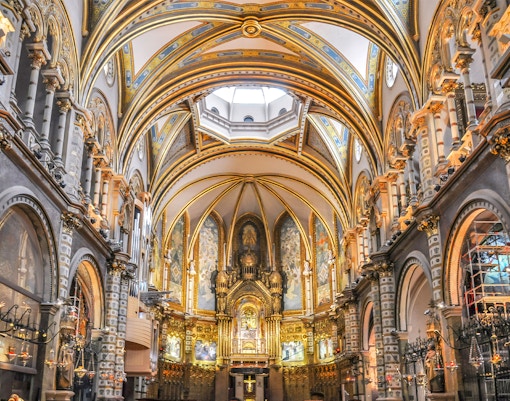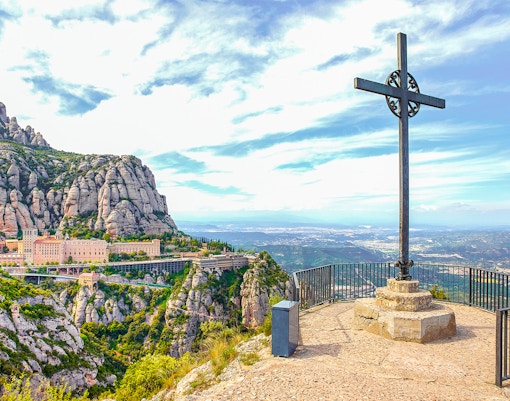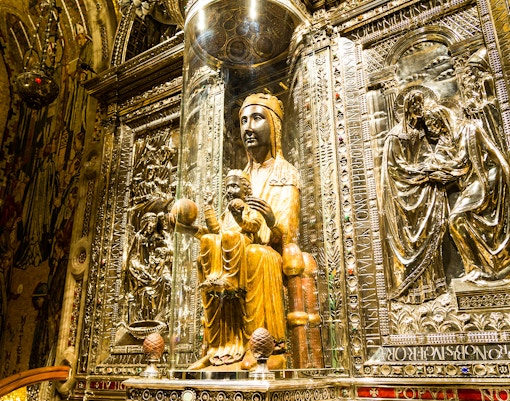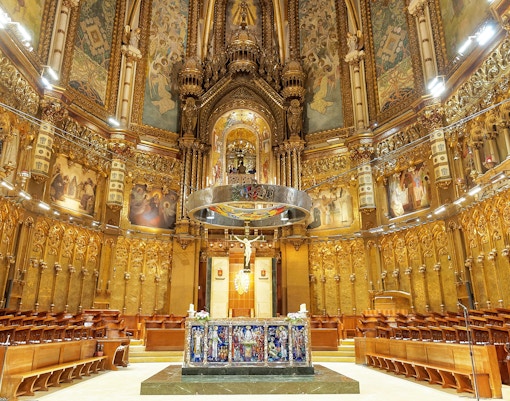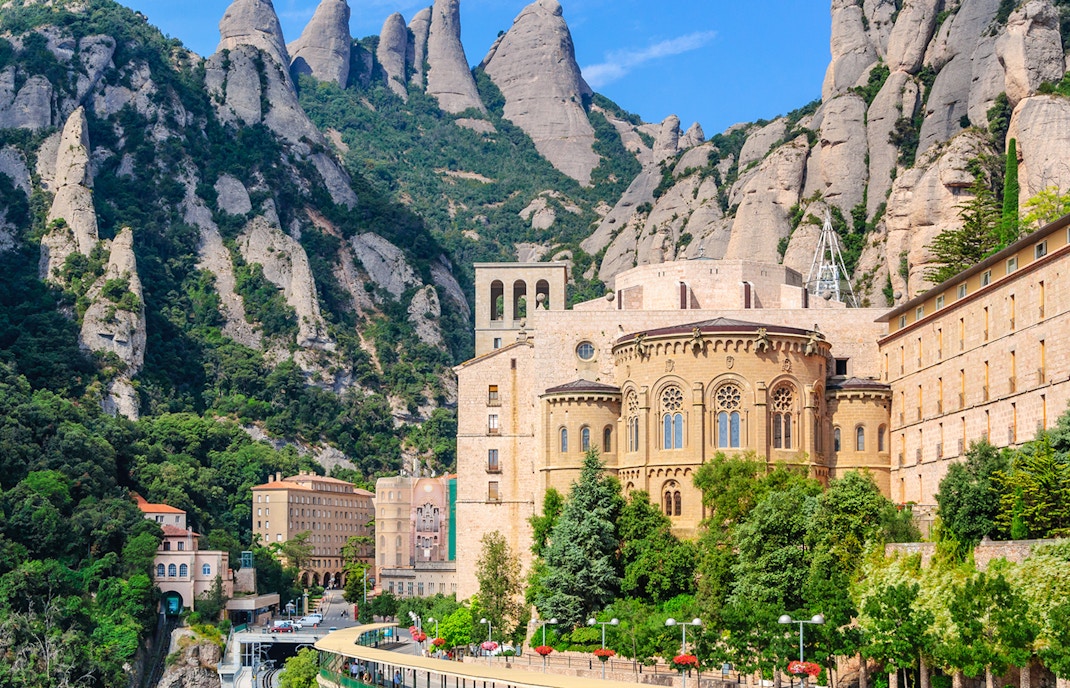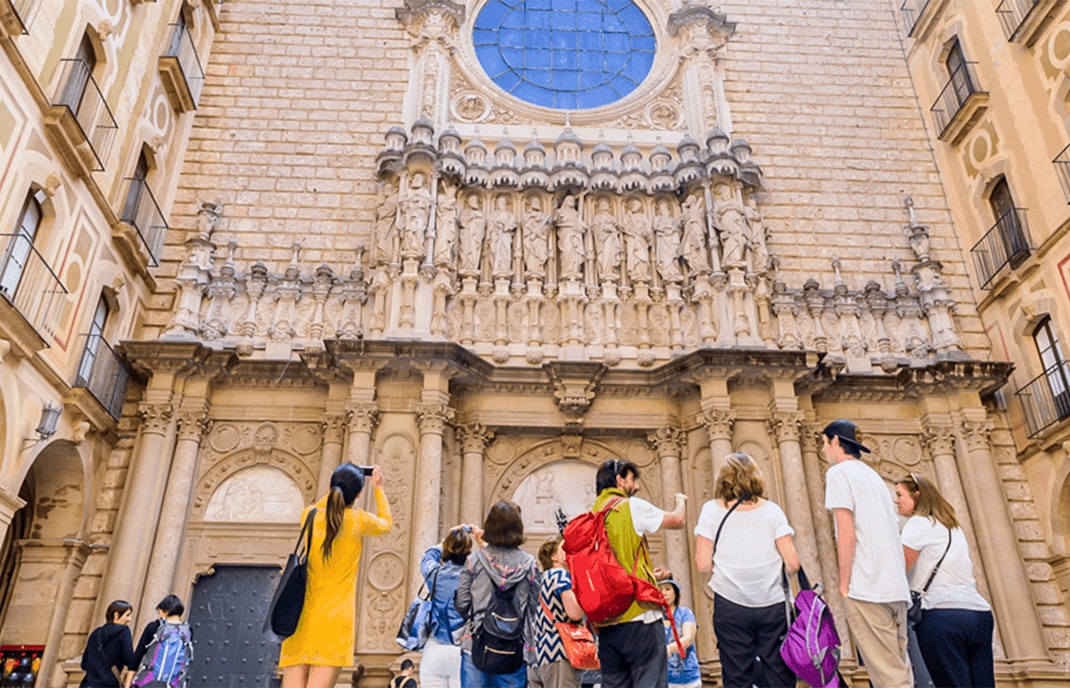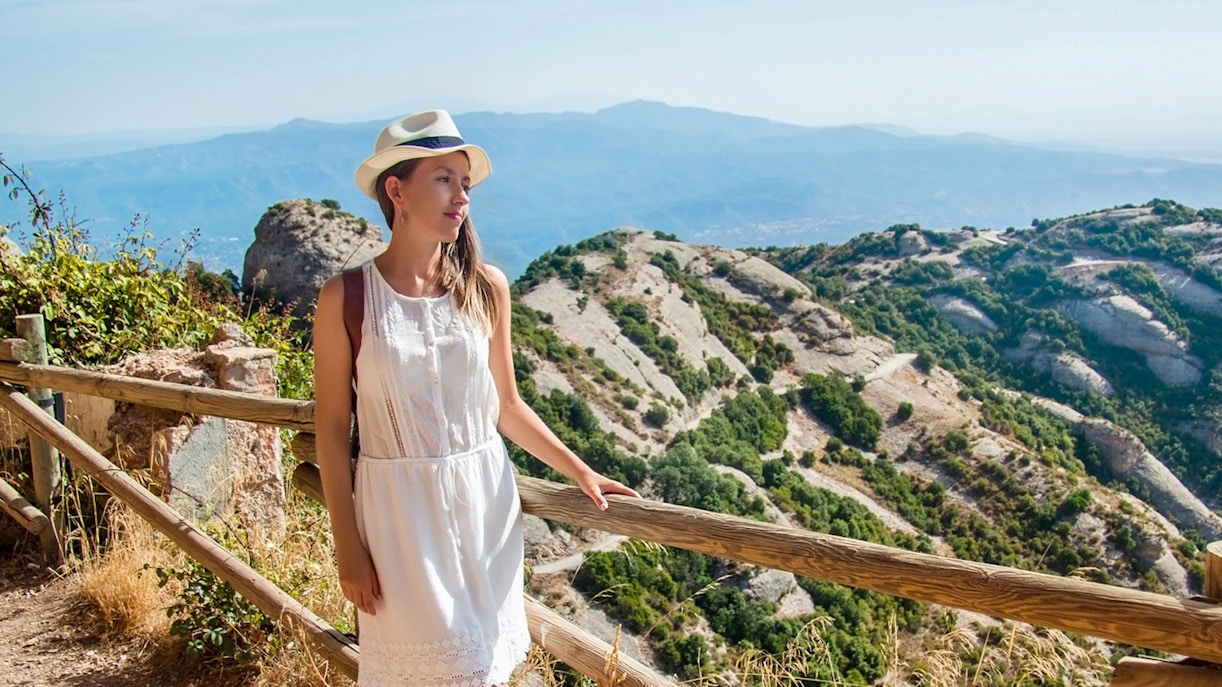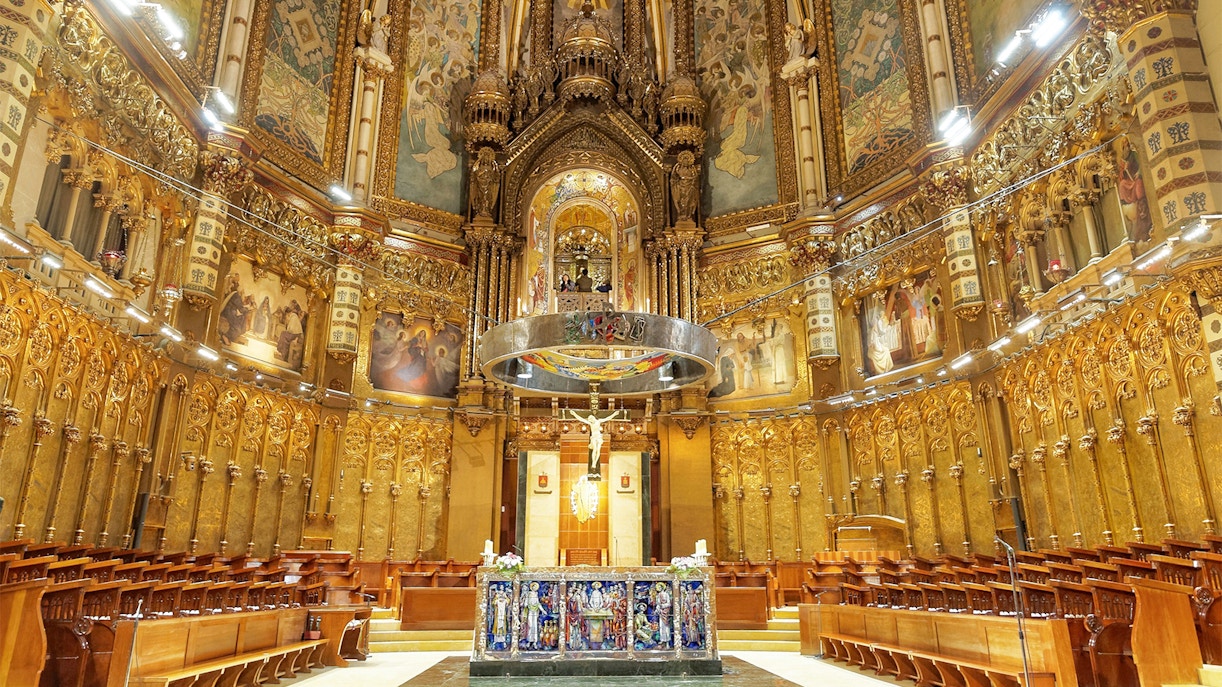- Ancient origins: The Montserrat monastery has been a religious site since the 10th century and is believed to have roots dating back to Roman times. It has served as a pilgrimage destination for centuries, attracting visitors from around the world.
- Catalan identity: Montserrat is also a symbol of Catalan culture and identity, especially during the Franco regime when it became a refuge for those persecuted for their beliefs



